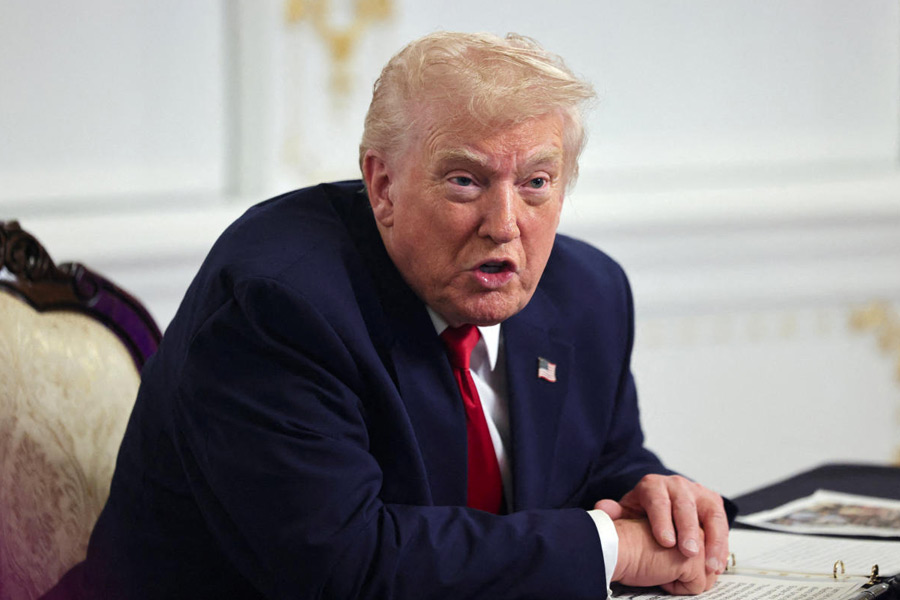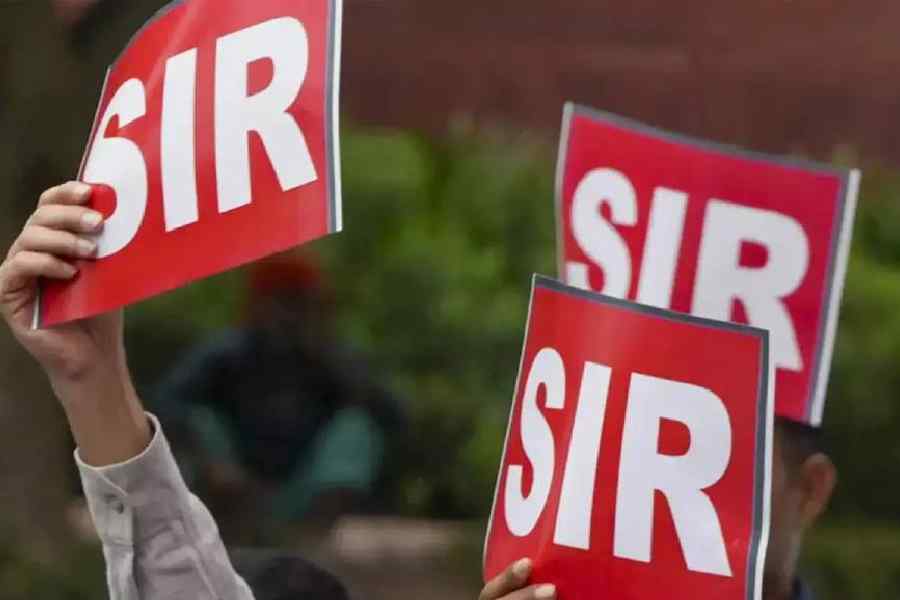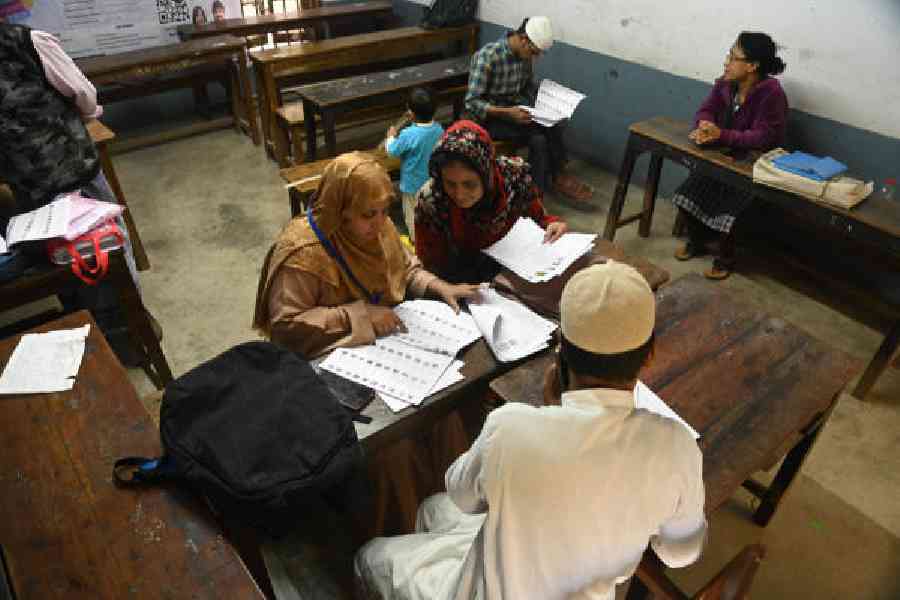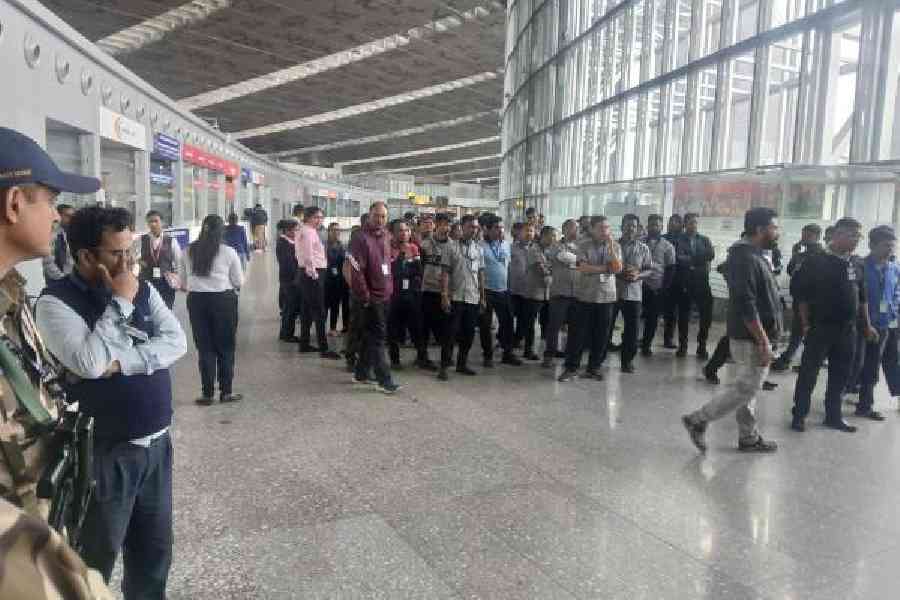 |
| WWF officials and school authorities at one of the proposed model schools in Assam. Telegraph picture |
Guwahati, Jan. 23: From learning to make dishes from the banana stem to creating a bird-watching schedule, four Assam schools situated near protected areas are inculcating education for sustainable development among students.
Education for sustainable development (ESD) is a new approach in teaching to connect life and learning and is said to be a powerful tool to deliver conservation goals.
“It is not a separate subject. It is a new approach in teaching and learning, of connecting life and learning, of cultivating democratic methods in the classroom and maintaining the greenery on the school campus. We will gradually move into the intrinsic aspects like pupil’s participation and connection between the school and the community. The process has just started,” Mita Nangia Goswami, director, environment education, WWF-India, told The Telegraph.
Lokopriya Gopinath Bordoloi High School at Pobitora, Deepor Beel Elementary School, Salbari High School at Manas and Kuthuri High School at Kaziranga are the four institutions, which are expected to become ESD model schools aided by WWF by 2016.
“At the Deepor Beel school, we suggested students to use banana leaves and give up using plastic glasses as traditionally banana leaves and the trunk of the plant have been used in cooking and eating and are bio-degradable. However, it is considered ‘modern’ to use plastic plates and an environment-friendly practice is dying out,” she said.
Goswami said making of dishes out of the fleshy trunk of banana, will be undertaken in the work experience class, a skill which is almost dead owing to the prolific use of plastic for all events in the village.
The school compound acts as a passage for elephants from Rani reserve forest which is across the road, to cross over to the lake in order to eat a fruit which is a favourite with the tuskers.
In fact, at a recent seminar on sustainability at the school, a teacher had sketched a picture of the nexus between the political set-up and the business class which was eating into the natural wealth of the area.
“The teacher said if the WWF was sincere in its effort, they would collaborate and do whatever was in their power to become a model for the area and empower the students,” she said.
“We will also have orientation sessions with the school staff about sustainability and then make an action plan with their support to start the process of creating an ESD model school. The onus is on weaving in local issues and themes into the school’s routine and empowering the teachers with methodologies which help them disconnect from just talk and chalk and make learning participatory. Generally, we begin with creating greenery on the campus but the idea is to let students manage these activities. In all the four schools, we have had cleaning drives undertaken by the students. Dustbins were procured for all the classrooms and the schools have set up a routine for their maintenance. Big buckets to store water have been provided in two schools since there was no water in the toilets,” Goswami said.
Bird-watching clubs have also been set up and students taken out for the activity with a special period set up for this on a weekly basis. In one school, a vermi-composting pit has been made so students can manage this and then teach the process to others in the community, she said.










